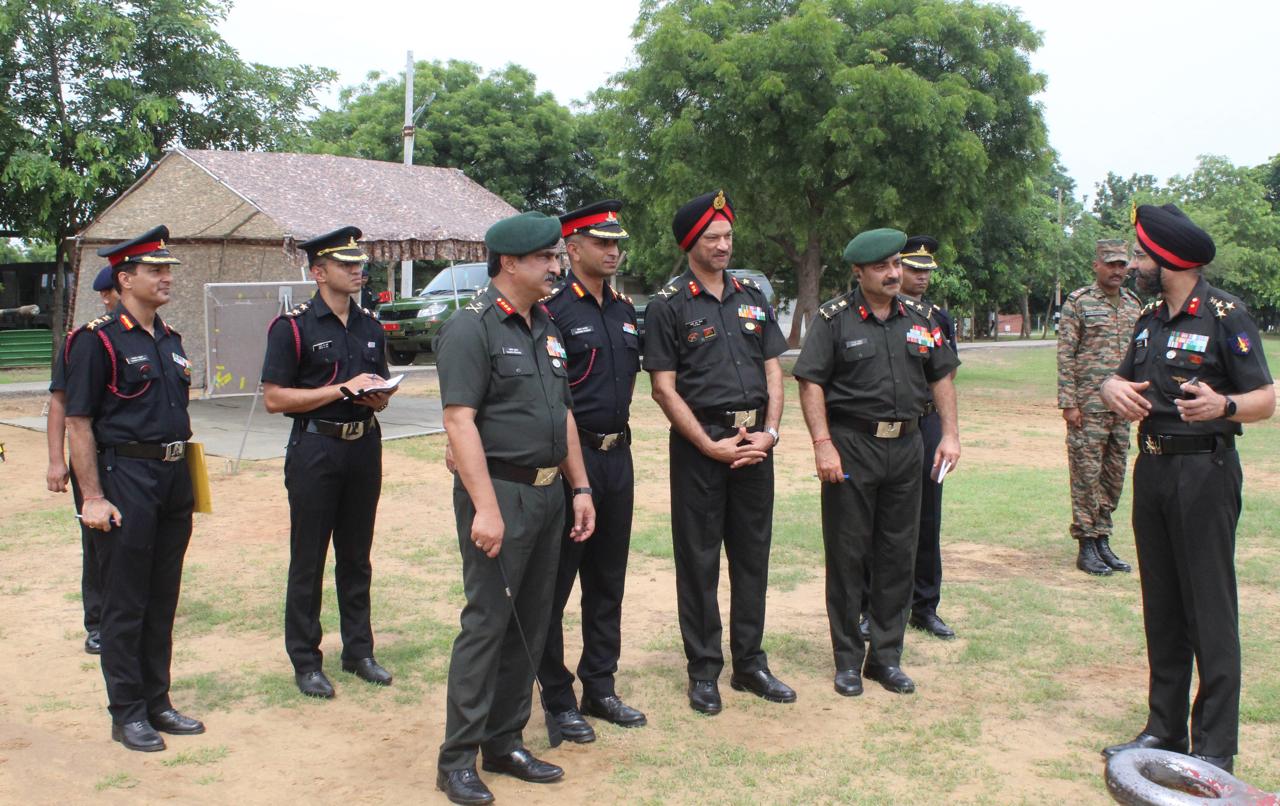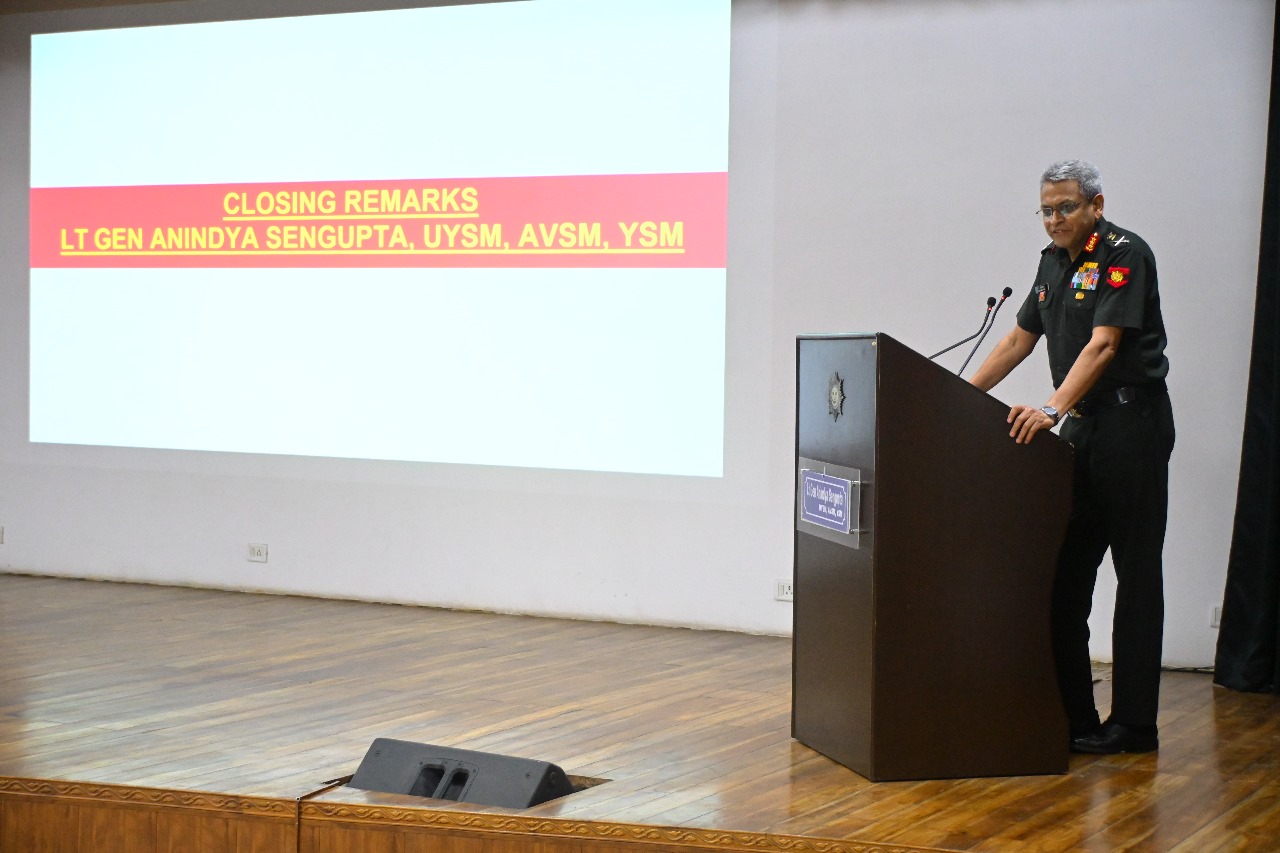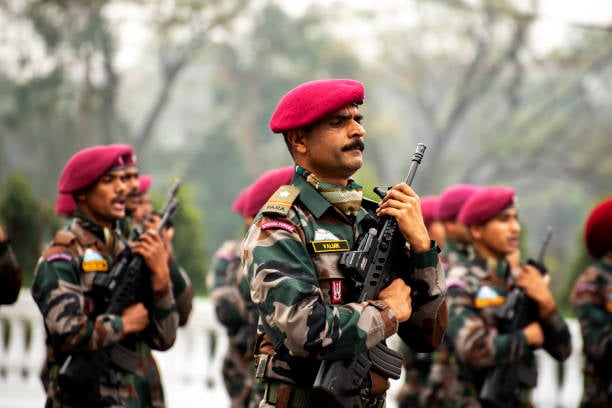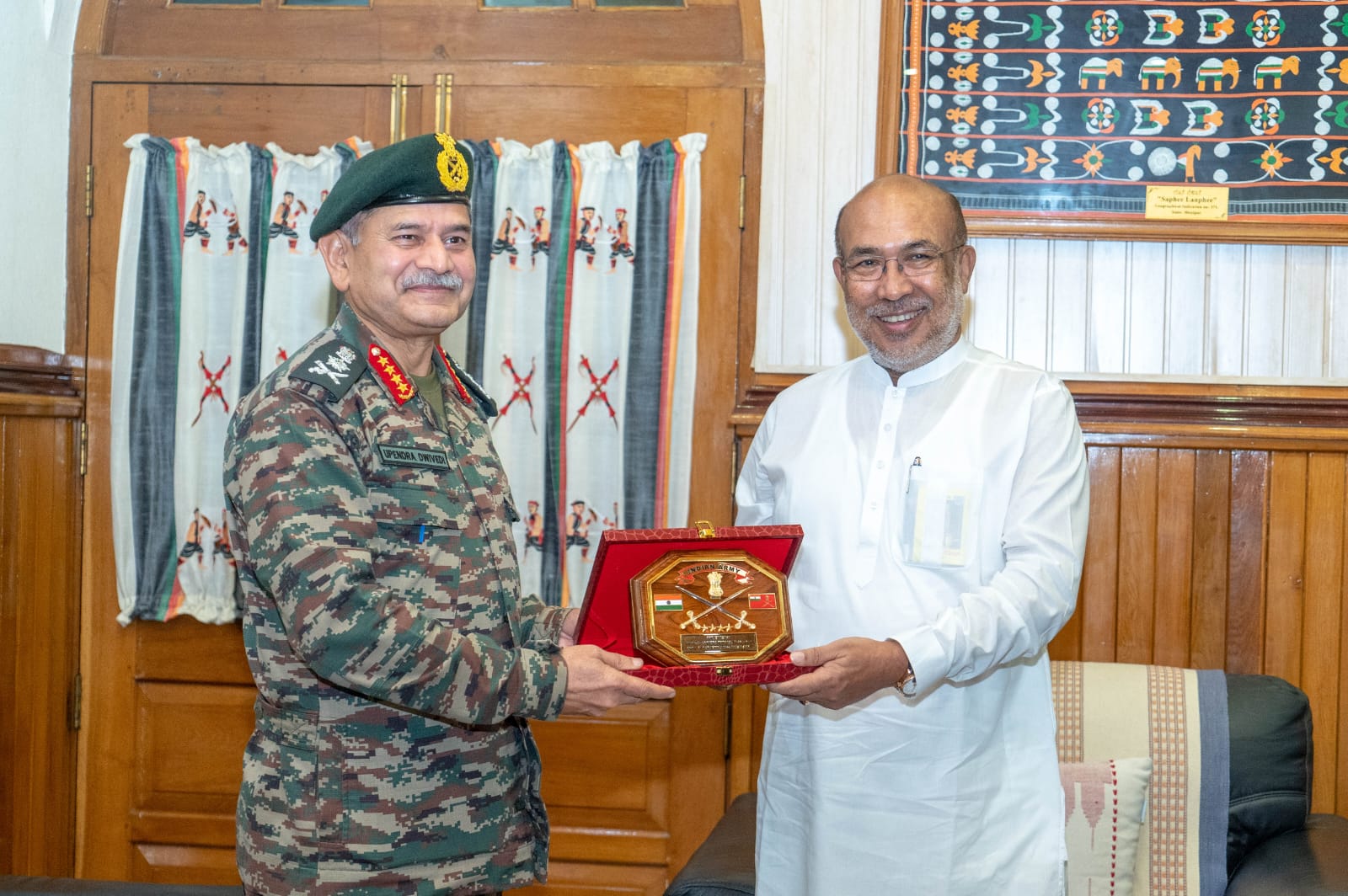Lt Gen Rajesh Pushkar Reviews Operational Readiness of Deep Striker Brigade
Lieutenant General Rajesh Pushkar, the General Officer Commanding of Kharga Corps, recently conducted a review of the operational readiness of…
Air Chief Marshal VR Chaudhari Stresses Importance of Advanced Training at Commanders’ Conference in Bengaluru
Air Chief Marshal VR Chaudhari, the Chief of Air Staff, addressed the commanders of all training establishments during the 'Training…
Central Command Hosts “Tech Vista” Seminar to Explore Technological Landscapes of India and China
On August 24, 2024, the Central Command of the Indian Army organized a significant seminar titled "Tech Vista - Mapping…
Royal Oman Army Delegation Visits Army Air Defence Centre in Gopalpur
A four-member delegation from the Royal Oman Army recently visited the Army Air Defence Centre in Gopalpur as part of…
Indian Army Salary 2025, Allowances, In Hand Salary, Pay Scale and Benefits
The Indian Army, one of the most respected and esteemed military forces globally, has long been a beacon of honor,…
General Upendra Dwivedi Discusses Security with Manipur Chief Minister N Biren Singh
General Upendra Dwivedi, the Chief of Army Staff (COAS), recently held a significant meeting with Shri N Biren Singh, the…






